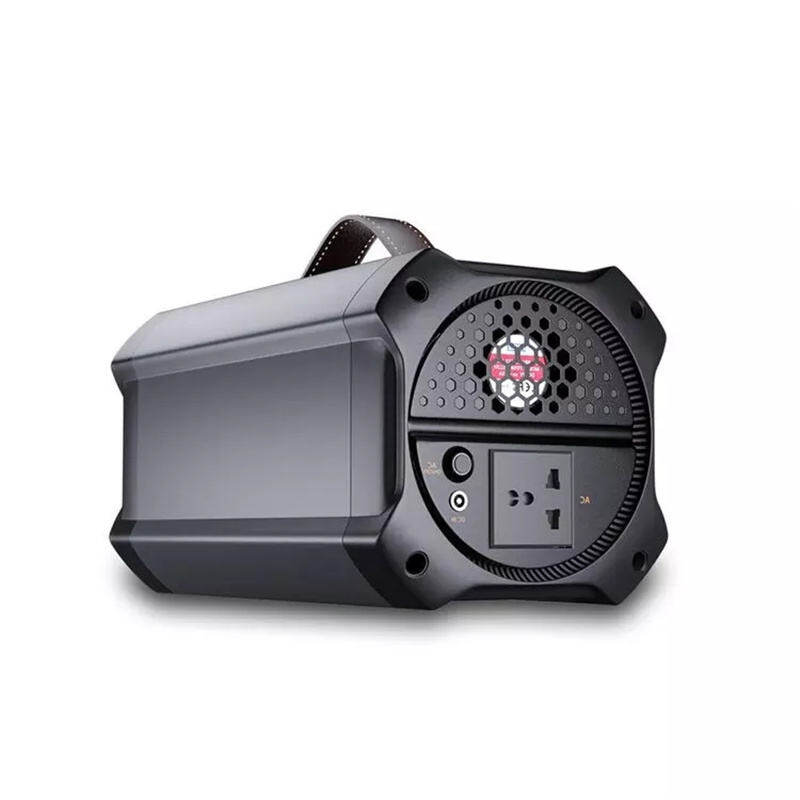Email format error
Email cannot be empty
Email already exists
6-20 characters(letters plus numbers only)
The password is inconsistent
Email format error
Email cannot be empty
Email does not exist
6-20 characters(letters plus numbers only)
The password is inconsistent


Exploring the Future of Portable Power: A Journey into a Portable Power Station Factory
In today’s fast-paced world, where our lives are increasingly intertwined with technology, the demand for reliable and accessible power is higher than ever. From camping trips and outdoor adventures to emergency situations and even day-to-day activities, having a portable power source has become a necessity rather than a luxury. This is where the portable power station comes into play—a versatile, compact, and efficient solution to keep your gadgets and devices running, no matter where you are. But have you ever wondered what goes on behind the scenes? Let’s embark on a journey into a portable power station factory to uncover the magic behind these powerful devices.
The Rise of Portable Power Stations
Before diving into the inner workings of a portable power station factory, it’s important to understand why these devices have surged in popularity. Traditionally, power generators were bulky, noisy, and dependent on fuel, which made them less ideal for personal use. Portable power stations, however, are a game-changer. These sleek, lightweight units are powered by rechargeable batteries and equipped with multiple outlets to charge a variety of devices, from smartphones to laptops, and even small appliances.
As renewable energy sources like solar panels have become more accessible, many portable power stations are now compatible with solar charging, making them an eco-friendly option. Their convenience, reliability, and adaptability have made them a favorite among outdoor enthusiasts, emergency preparedness advocates, and anyone looking for a backup power solution.
Inside a Portable Power Station Factory
Walking into a portable power station factory, the first thing that strikes you is the hum of precision machinery and the seamless coordination between man and machine. The manufacturing process is a blend of advanced technology and meticulous craftsmanship, ensuring that each power station meets stringent quality standards.
1. Design and Engineering
Every portable power station starts as an idea, a concept that is born in the minds of engineers and designers. The design phase is critical, as it determines the power station's capacity, durability, and functionality. Engineers must consider the size of the battery, the types of outlets, and the overall portability of the device. The design also needs to account for efficient heat dissipation, safety features, and user-friendly interfaces.
Once the design is finalized, the engineering team creates detailed schematics and prototypes. These prototypes undergo rigorous testing to ensure they can withstand real-world conditions. This stage is crucial in identifying any potential flaws or areas for improvement before mass production begins.
2. Battery Production
The heart of any portable power station is its battery. In the factory, battery production is a complex and highly controlled process. Most portable power stations use lithium-ion batteries due to their high energy density, long life cycle, and relatively lightweight. The factory sources high-quality lithium cells, which are then assembled into battery packs.
During assembly, the cells are meticulously arranged and connected in series and parallel to achieve the desired voltage and capacity. The battery packs are then encased in protective housing to shield them from physical damage and temperature fluctuations. Advanced battery management systems (BMS) are integrated to monitor and regulate the charge, discharge, and temperature of the battery, ensuring safe and efficient operation.
3. Circuit Board Assembly
Once the battery packs are ready, it’s time to move on to the brain of the portable power station—the circuit board. The circuit board manages the flow of electricity between the battery and the devices being charged. It also controls features like the LED display, power outlets, and safety mechanisms.
In the factory, the circuit boards are assembled using a combination of automated machines and skilled technicians. Surface-mount technology (SMT) machines place tiny components onto the board with pinpoint accuracy, while human operators handle more delicate tasks, such as soldering and quality checks. Each board undergoes thorough testing to ensure it functions flawlessly.
4. Final Assembly and Testing
With the battery and circuit board ready, the final assembly of the portable power station begins. This is where all the components come together—the battery is connected to the circuit board, the outer casing is installed, and any additional features (like handles, solar panel ports, and cooling fans) are added.
Quality control is a top priority in this stage. Each unit undergoes a series of rigorous tests to ensure it meets safety standards and performs as expected. These tests include checking the power output, ensuring the battery charges and discharges correctly, and verifying that all outlets and ports function properly. Some factories also perform environmental testing, exposing the power stations to extreme temperatures and humidity to simulate real-world conditions.
5. Packaging and Shipping
Once the portable power stations pass all quality checks, they are carefully packaged to prevent damage during shipping. The factory ensures that each unit is securely packed, often including additional items like user manuals, charging cables, and adapters. From here, the power stations are shipped to distributors, retailers, or directly to consumers, ready to provide reliable power wherever it’s needed.
The Future of Portable Power Stations
As technology continues to advance, the future of portable power stations looks promising. Factories are constantly innovating to create more efficient, powerful, and sustainable power solutions. We can expect to see smaller, lighter units with even greater power capacity, as well as increased integration with renewable energy sources like solar panels.
Moreover, as the demand for clean energy grows, portable power stations will likely play a significant role in reducing our reliance on fossil fuels. Factories are already exploring ways to make these devices more environmentally friendly, from using recyclable materials to developing more efficient battery technologies.
Conclusion
Exploring a portable power station factory offers a fascinating glimpse into the world of modern energy solutions. It’s a place where cutting-edge technology meets skilled craftsmanship, resulting in powerful, portable devices that are changing the way we think about energy. Whether you’re camping in the wilderness, preparing for a power outage, or simply looking for a reliable way to keep your devices charged, the portable power station is an indispensable tool—one that’s made possible by the dedicated work happening behind the scenes in factories around the world.

